Kia Niro vs Mercedes EQB – Which model is better for everyday use?
Both models have their strengths – but which one suits you more?
Compare performance, efficiency, price and space directly: Kia Niro or Mercedes EQB?
Costs and Efficiency:
Looking at overall running costs, both models reveal some interesting differences in everyday economy.
Kia Niro has a convincingly advantage in terms of price – it starts at 29100 £, while the Mercedes EQB costs 45900 £. That’s a price difference of around 16735 £.
As for range, the Mercedes EQB performs significantly better – achieving up to 535 km, about 473 km more than the Kia Niro.
Engine and Performance:
Power, torque and acceleration are the classic benchmarks for car enthusiasts – and here, some clear differences start to show.
When it comes to engine power, the Mercedes EQB has a distinct edge – offering 292 HP compared to 180 HP. That’s roughly 112 HP more horsepower.
In acceleration from 0 to 100 km/h, the Mercedes EQB is decisively quicker – completing the sprint in 6.20 s, while the Kia Niro takes 9.90 s. That’s about 3.70 s faster.
In terms of top speed, the Kia Niro performs a bit better – reaching 185 km/h, while the Mercedes EQB tops out at 160 km/h. The difference is around 25 km/h.
There’s also a difference in torque: Mercedes EQB pulls clearly stronger with 520 Nm compared to 265 Nm. That’s about 255 Nm difference.
Space and Everyday Use:
Beyond pure performance, interior space and usability matter most in daily life. This is where you see which car is more practical and versatile.
Both vehicles offer seating for 5 people.
In curb weight, Kia Niro is significantly lighter – 1474 kg compared to 2105 kg. The difference is around 631 kg.
In terms of boot space, the Mercedes EQB offers barely noticeable more room – 495 L compared to 451 L. That’s a difference of about 44 L.
In maximum load capacity, the Mercedes EQB performs somewhat better – up to 1710 L, which is about 265 L more than the Kia Niro.
When it comes to payload, Kia Niro barely noticeable takes the win – 466 kg compared to 435 kg. That’s a difference of about 31 kg.
Who comes out on top?
Overall, the Mercedes EQB shows itself to be outperforms in nearly all aspects and secures the title of DriveDuel Champion.
It convinces with the more balanced overall package and proves to be the more versatile choice for everyday use.
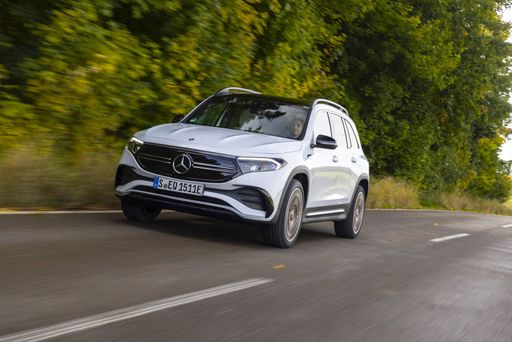 @ Mercedes-Benz Group Media
@ Mercedes-Benz Group Media
Mercedes EQB
Kia Niro
The Kia Niro blends clever packaging and modern styling into a compact crossover that’s refreshingly sensible for daily life. It’s comfortable, economical and packed with user‑friendly tech, so if you want a fuss‑free family car with a touch of green credibility, the Niro is worth a test drive.
details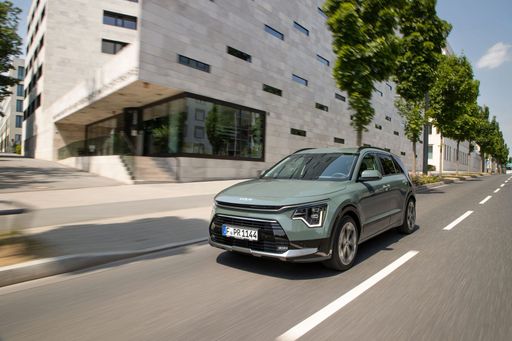 @ Kia Corporation
@ Kia Corporation
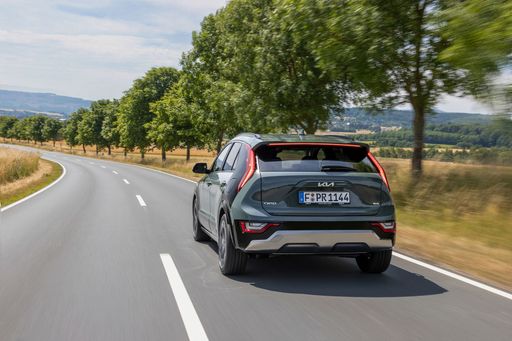 @ Kia Corporation
@ Kia Corporation
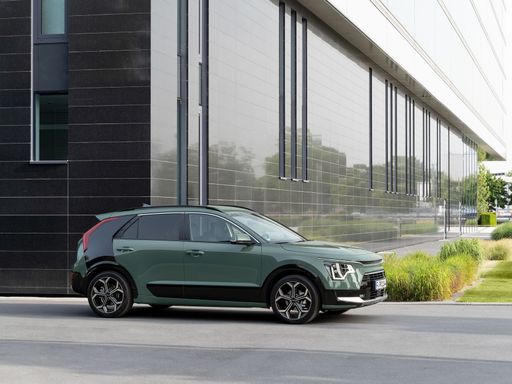 @ Kia Corporation
@ Kia Corporation
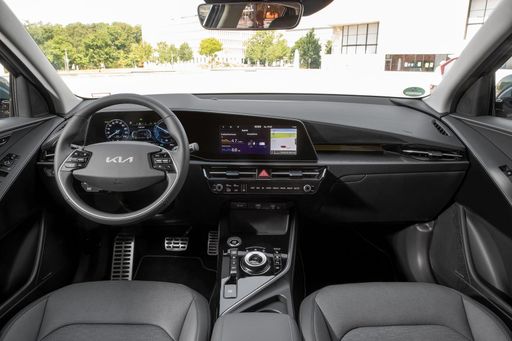 @ Kia Corporation
@ Kia Corporation
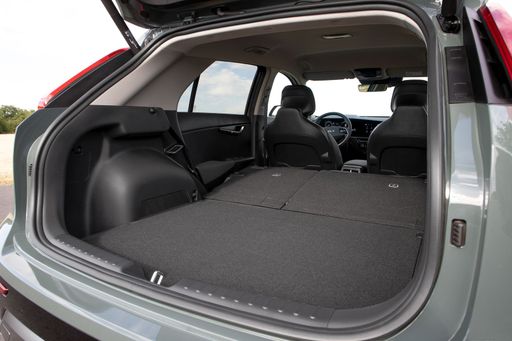 @ Kia Corporation
@ Kia Corporation
Mercedes EQB
The Mercedes EQB is an electric compact SUV that dresses Mercedes' premium feel in practical clothing, with flexible seating and a serene, composed ride that turns everyday errands into a small luxury. It won't thrill the enthusiast, but for buyers who want a smart, spacious and well-made EV with tasteful tech and real-world usability, the EQB is a sensible, slightly buttoned-up choice that impresses without shouting.
details @ Mercedes-Benz Group Media
@ Mercedes-Benz Group Media
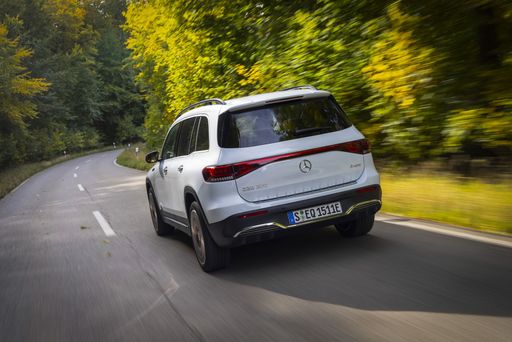 @ Mercedes-Benz Group Media
@ Mercedes-Benz Group Media
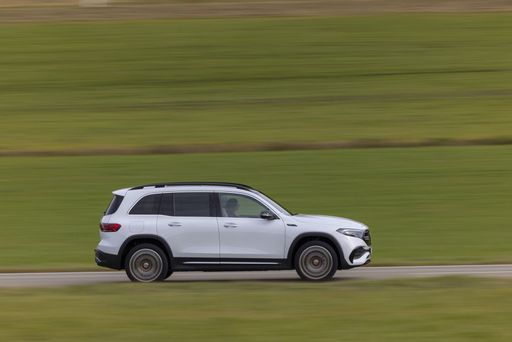 @ Mercedes-Benz Group Media
@ Mercedes-Benz Group Media
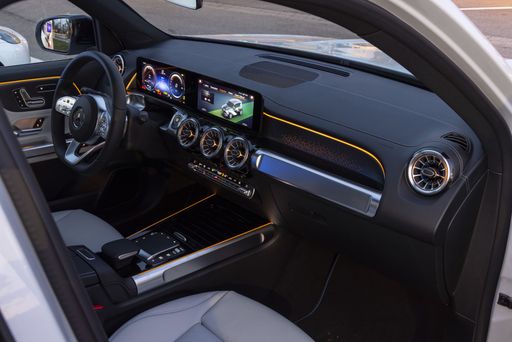 @ Mercedes-Benz Group Media
@ Mercedes-Benz Group Media
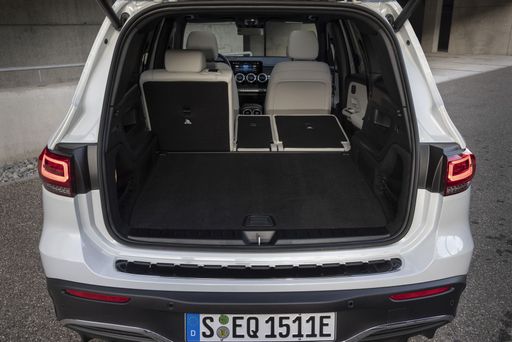 @ Mercedes-Benz Group Media
@ Mercedes-Benz Group Media
 @ Kia Corporation
@ Kia Corporation
|
 @ Mercedes-Benz Group Media
@ Mercedes-Benz Group Media
|
|
|
|
Costs and Consumption |
|
|---|---|
|
Price
29100 - 38600 £
|
Price
45900 - 58900 £
|
|
Consumption L/100km
2.4 - 4.9 L
|
Consumption L/100km
-
|
|
Consumption kWh/100km
-
|
Consumption kWh/100km
15.2 - 17.2 kWh
|
|
Electric Range
57 - 62 km
|
Electric Range
468 - 535 km
|
|
Battery Capacity
1.3 - 11.1 kWh
|
Battery Capacity
70.50 kWh
|
|
co2
53 - 111 g/km
|
co2
0 g/km
|
|
Fuel tank capacity
37 - 42 L
|
Fuel tank capacity
-
|
Dimensions and Body |
|
|---|---|
|
Body Type
SUV
|
Body Type
SUV
|
|
Seats
5
|
Seats
5
|
|
Doors
5
|
Doors
5
|
|
Curb weight
1474 - 1594 kg
|
Curb weight
2105 - 2170 kg
|
|
Trunk capacity
348 - 451 L
|
Trunk capacity
495 L
|
|
Length
4420 mm
|
Length
4684 mm
|
|
Width
1825 mm
|
Width
1834 mm
|
|
Height
1545 mm
|
Height
1654 - 1689 mm
|
|
Max trunk capacity
1342 - 1445 L
|
Max trunk capacity
1710 L
|
|
Payload
466 kg
|
Payload
435 kg
|
Engine and Performance |
|
|---|---|
|
Engine Type
Full Hybrid, Plugin Hybrid
|
Engine Type
Electric
|
|
Transmission
Automatic
|
Transmission
Automatic
|
|
Transmission Detail
Dual-Clutch Automatic
|
Transmission Detail
Reduction Gearbox
|
|
Drive Type
Front-Wheel Drive
|
Drive Type
Front-Wheel Drive, All-Wheel Drive
|
|
Power HP
138 - 180 HP
|
Power HP
190 - 292 HP
|
|
Acceleration 0-100km/h
9.9 - 11.4 s
|
Acceleration 0-100km/h
6.2 - 8.9 s
|
|
Max Speed
170 - 185 km/h
|
Max Speed
160 km/h
|
|
Torque
265 Nm
|
Torque
385 - 520 Nm
|
|
Number of Cylinders
4
|
Number of Cylinders
-
|
|
Power kW
102 - 132 kW
|
Power kW
140 - 215 kW
|
|
Engine capacity
1580 cm3
|
Engine capacity
-
|
General |
|
|---|---|
|
Model Year
2025
|
Model Year
2024 - 2025
|
|
CO2 Efficiency Class
C, B
|
CO2 Efficiency Class
A
|
|
Brand
Kia
|
Brand
Mercedes-Benz
|
Is the Kia Niro offered with different drivetrains?
The Kia Niro is available as Front-Wheel Drive.
The prices and data displayed are estimates based on German list prices and may vary by country. This information is not legally binding.
